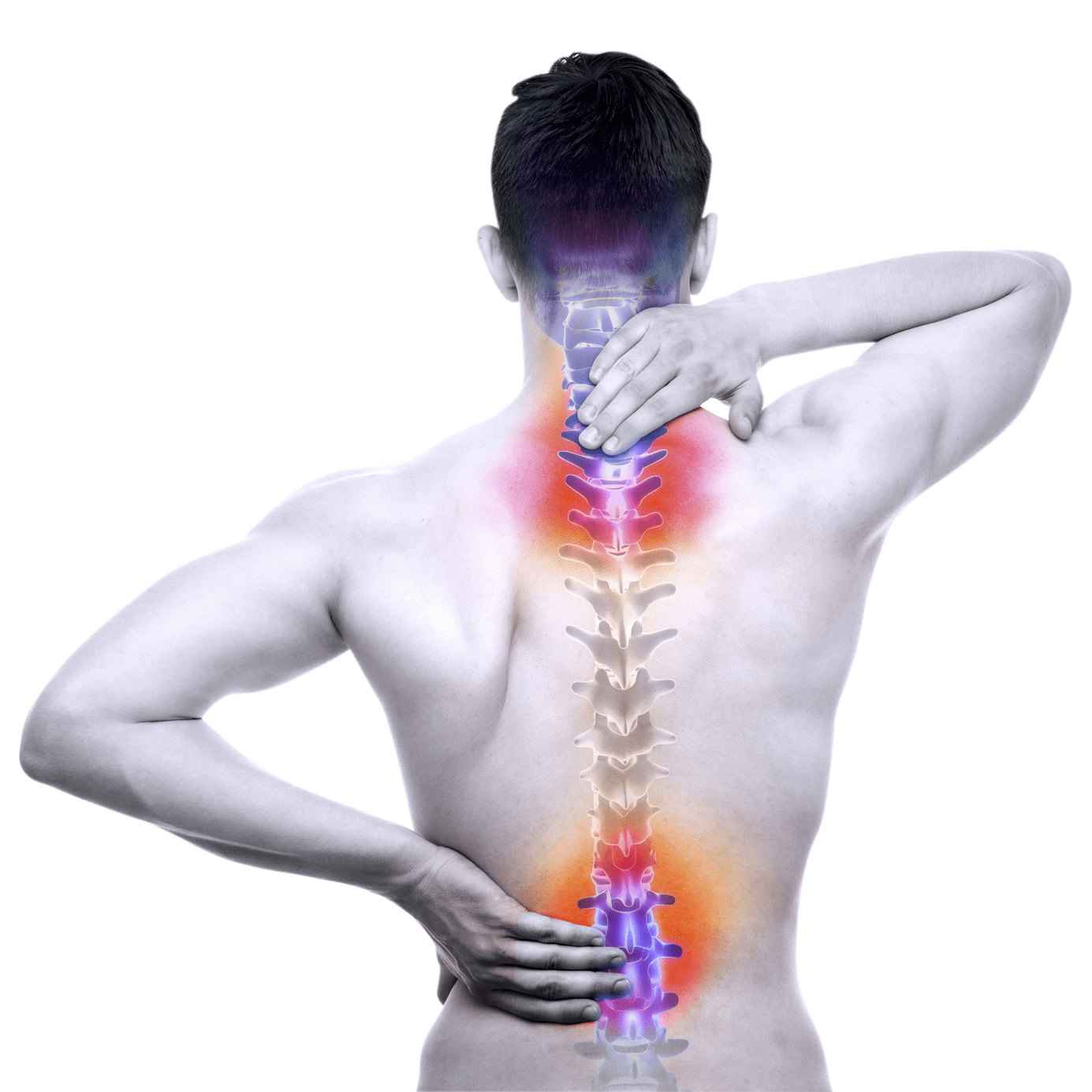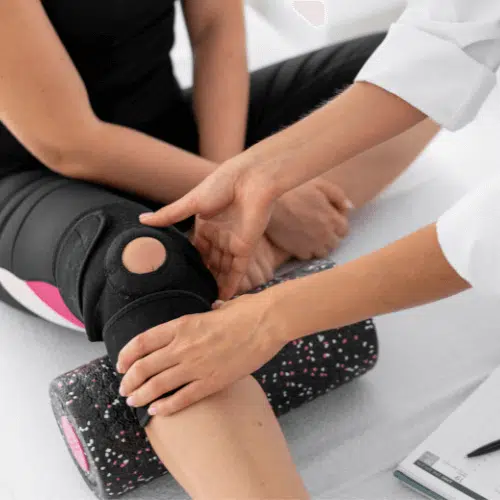Person Success Stories with the Best Spine Surgeons in St Louis MO
Person Success Stories with the Best Spine Surgeons in St Louis MO
Blog Article
An Overview of Back Conditions That Usually Outcome in Surgical Therapies
Spine conditions such as herniated discs, back stenosis, and degenerative disc disease often demand surgical treatments when conventional therapies fall short to ease relentless signs. Recognizing the subtleties of each problem and the matching medical alternatives, such as discectomy or spine fusion, is critical for effective management.
Herniated Discs
Although several individuals with herniated discs might locate alleviation with conservative treatments, surgical procedure becomes a required factor to consider when symptoms aggravate or persist - best spine surgeons in st louis mo. A herniated disc occurs when the soft inner gel of a back disc sticks out via its outer layer, possibly leading and compressing neighboring nerves to discomfort, tingling, or weakness in the extremities
Conventional management commonly consists of physical treatment, discomfort medicines, and corticosteroid shots, which intend to lower swelling and improve feature. In cases where these approaches fall short to minimize debilitating signs and symptoms, surgical options may be checked out.
One of the most common medical treatment for herniated discs is a discectomy, which entails the elimination of the herniated section of the disc to eliminate stress on the affected nerve origin. In a lot more severe cases, spine fusion might be necessary to stabilize the influenced vertebrae.
Clients are suggested to review the potential risks and benefits of surgery with their doctor to make an informed decision. Ultimately, the objective of any kind of surgical treatment is to restore feature, minimize discomfort, and improve overall lifestyle for individuals experiencing herniated discs.
Back Constriction
Spine constriction happens when the spaces within the back narrow, causing increased stress on the spine cable and nerves. This condition can establish in various regions of the spinal column, including the cervical and back areas, usually due to age-related adjustments, such as degenerative disc condition, arthritis, or thickening of ligaments.
Clients with spinal constriction may provide with symptoms that consist of discomfort, feeling numb, prickling, or weakness, mostly in the legs or arms. These signs and symptoms can be aggravated by activities that involve standing or walking, commonly leading people to seek alleviation through traditional treatments like physical therapy, medications, or epidural steroid injections.
Nevertheless, when these non-surgical treatments stop working to provide appropriate alleviation, surgical choices may be taken into consideration. Common surgical treatments for spine stenosis include laminectomy, which includes the elimination of part of the vertebra to ease pressure, and spine blend, which maintains the affected area.
Spondylolisthesis
Spondylolisthesis happens when one vertebra slides forward over another, bring about imbalance of the spine. This condition can arise from numerous variables, consisting of congenital flaws, injury, or degenerative adjustments in the back. It is most commonly observed in the lumbar region, specifically at the L4-L5 and L5-S1 degrees.

Treatment options differ based upon the severity of the slippage and the symptoms offered. Traditional procedures, including physical therapy, discomfort monitoring, and activity modification, are frequently the first line of defense. However, when non-surgical approaches fail to alleviate signs or when significant nerve compression exists, surgical treatment might be necessitated. Surgical choices can include spine fusion or decompression procedures, targeted at bring back positioning and reducing neurological signs. Early medical diagnosis and proper administration are vital for ideal outcomes in people with spondylolisthesis.
Degenerative Disc Illness

The condition can be detected via a mix of medical analysis, imaging researches, and patient history. When these strategies fall short to offer appropriate alleviation, surgical treatments might be thought about.
Surgical alternatives for DDD may consist of spine blend or artificial disc substitute, aimed at maintaining the impacted sector and easing discomfort (best spine surgeons in st louis mo). Ultimately, the selection of treatment is embellished, taking into consideration the extent of the problem, patient wellness, and lifestyle factors
Back Growths

Spinal tumors can occur from various aspects, consisting of genetic proneness, ecological impacts, and pre-existing clinical problems. Individuals might present with a range of symptoms, this article consisting of local discomfort, neurological deficiencies, weak point, or modifications in bowel and bladder function, depending on the tumor's size and location.
Surgical intervention might be warranted to relieve symptoms, get a biopsy, or eliminate the lump completely. The objective of surgical treatment is frequently to unwind neural aspects and stabilize the spine. Early detection and intervention are critical for enhancing end results in people with spinal growths.
Verdict
In summary, spinal column conditions such as herniated discs, back stenosis, spondylolisthesis, degenerative disc disease, and spine tumors frequently demand surgical treatment as a result of their possible to trigger considerable discomfort and functional disability. While conventional therapies may provide momentary relief, medical options come to be critical when signs and symptoms get worse or linger. Prompt medical diagnosis and intervention play a crucial function in bring back function and boosting the top quality of life for affected people, highlighting the significance of detailed back treatment.

Report this page